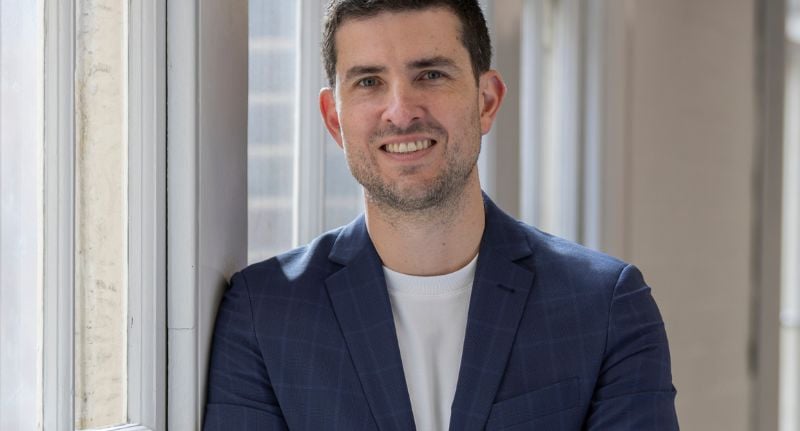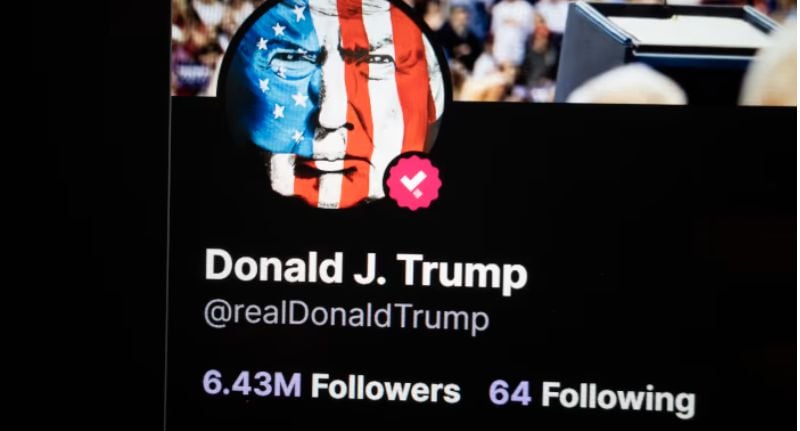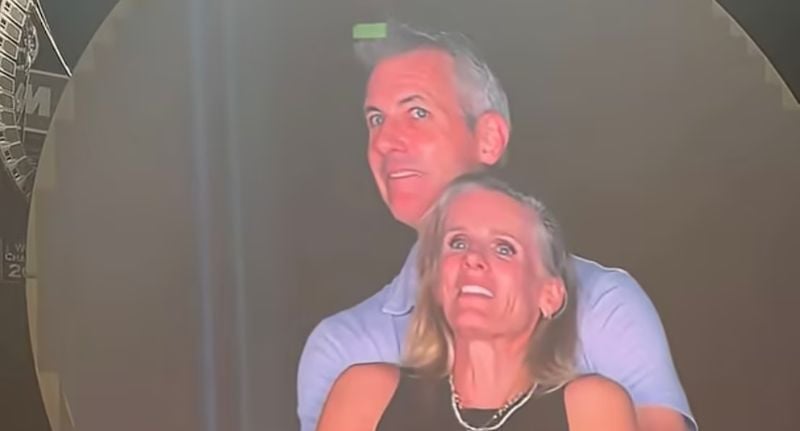The days of the faceless leader are over.
According to Havas Red Australia CEO Shane Russell, modern executives can’t lead effectively from behind the glass of a screen, not when employees, investors, and the public expect constant honesty and presence.
“These days, leaders have to be forward facing,” Russell told Mediaweek.
“I mean, you can look at many examples in the Australian market where CEOs or executives are being pushed out for various things. They’ve got to take the front foot, be in control of the message and the narrative as much as they can and be a representative, not just of themselves, but of the entire organisation,” he said.
Russell’s comments come off-the-back of Havas Red global white paper In Plain Sight: The New Reality of CEO Visibility and Influence, which examines how leadership visibility has evolved in a time of fractured trust, media fragmentation, and generative AI.

Shane Russell, CEO of Havas Red Australia
Leading with empathy in a chaotic world
Russell admits he feels the pressure himself. “Running an organisation of our size, it’s certainly something I think about all the time,” he said.
For him, the principle is simple but powerful: lead with empathy and humanity. “That is number one for me, especially in our business, because we’re in a people business,” he said. “And we represent clients across all types of areas, from healthcare to corporate to consumer.”
He believes that after years of upheaval, from economic shocks to hybrid work, empathy has become a strategic necessity, not a soft skill.
“The world feels chaotic for most people right now,” he said. “We’ve all come through a major transition in the last five years, the work environment’s upside down, the economy’s in a different place, there’s change everywhere. If we lead with empathy, at least we help give people a place at work where it might feel a bit more normal than what perhaps is happening externally.”
But empathy, he adds, starts with clarity. “It all begins with honesty and transparency,” he explained. “It doesn’t mean you have to like and read everything that the CEO or the C-suite communicates, but if communication with clarity happens, you aren’t left wondering.”
The transparency test
Russell said the need for openness now stretches across every stakeholder group – from employees to investors to clients.
“We’re seeing a very clear through line now that the expectations from all stakeholders is absolute honesty, transparency and timeliness,” he said.
“People have wised up to the fact that information is all readily available. Everything is on the record, whether it’s internal or external, so you’re better off getting ahead of it, being very honest and transparent and timely and human about the way we communicate.”
He even points to world leaders as examples – for better or worse. “Maybe perhaps a bad example, but perhaps a good one is even look at the most powerful person in the world,” he said referring to Donald Trump.
“He communicates openly, transparently, and timely all the time… whether we like it or not. But it’s certainly, I think, expected as a core function of a CEO today,” Russell said.
And that expectation comes with a sharper edge: “There’s also the bulls**t test,” Russell laughed. “People are so wise up to it. And if you get known as someone who’s fluffing around and not being those things, people make their own mind up and they lose the trust right away.”

Donald Trump’s social media
Everyone’s a broadcaster now
The Havas Red report identifies a growing challenge for leaders: the erosion of inherited credibility.
Being a CEO no longer automatically earns trust. Instead it has to be demonstrated daily through words and actions. That reality has made communication both more difficult and more urgent.
Russell says the media landscape itself has changed how leaders must operate. “Everyone thinks they’re a journalist and, in some ways they now are, because they get to take information and put it out on public forums.”
That means leaders can’t rely on one communication channel to get their message across.
He explained: “You can’t afford to not be in any of those channels because the reality is consumers are completely fragmented in how they receive and consume information now. It might be great to land the headline story in a newspaper talking to shareholders, but you might not reach everyone anymore because we’re all being fed our news and information through different channels.”
Still, Russell believes traditional media remains crucial. “I think it’s value is never more important, or more necessary, as a channel, both as a public service, but also for communication and analysis,” he said.
“I think it’s got a more important role than ever going forward, especially as we look at the dismantling of trust all around us and understanding who’s credible and who’s not.”
Comms takes its seat at the top table
One major shift Russell’s seeing is structural, and it’s changing how organisations operate.
“The chief communications officer or the head of PR is now more likely than not reporting directly to the CEO,” he says. “It used to filter through marketing prior to that or through different folks. And I think that’s really important.”
That closer connection between the C-suite and communications function reflects a growing truth: leadership and storytelling are now inseparable. “You’re starting to see these direct lines between the communications function and the C-suite and the public,” Russell said.
It’s a demanding shift, but one that Russell believes is essential. In a world where silence reads as absence and inconsistency breeds mistrust, visibility isn’t a luxury anymore. It’s leadership.
